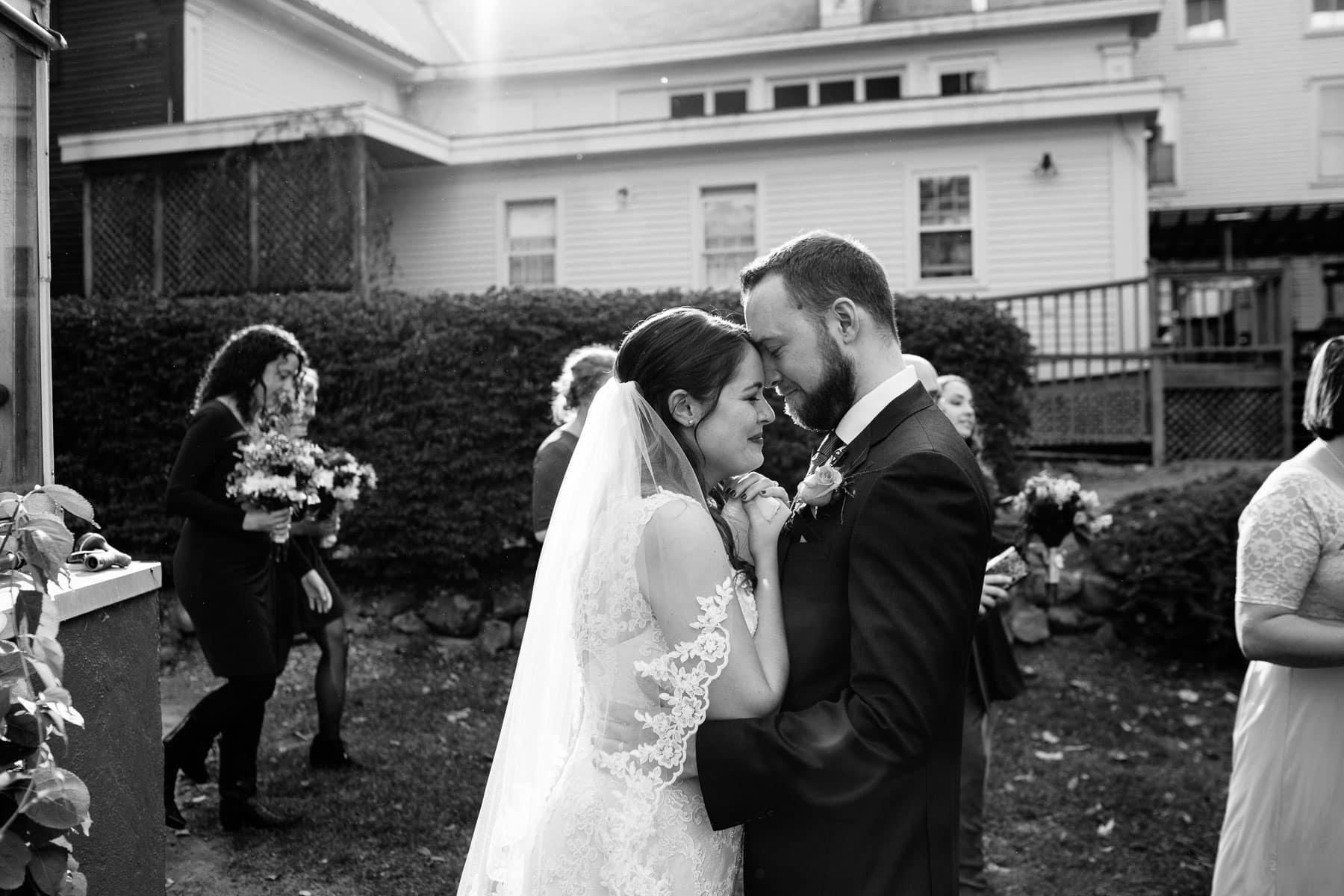1. Make sure you like your wedding photographer. It’s important that you like your photographer’s style of work, because their images will be touchstones for your memories. But it’s equally important that you feel comfortable around them. They’ll be there when you put on your dress, while you tearfully exchange vows, and when you let loose on the dance floor. If your personalities complement each other and you feel at ease, it allows for more genuine moments to unfold in front of your photographer’s lens.
2. Do an engagement session. Take the opportunity to get comfortable in front of the camera. Most people take a little but of time to warm up – better that to do that on a day other than your wedding. It also lets your photographer learn more about the two of you – how you interact, what angles are flattering, and the level of direction and collaboration that work best.
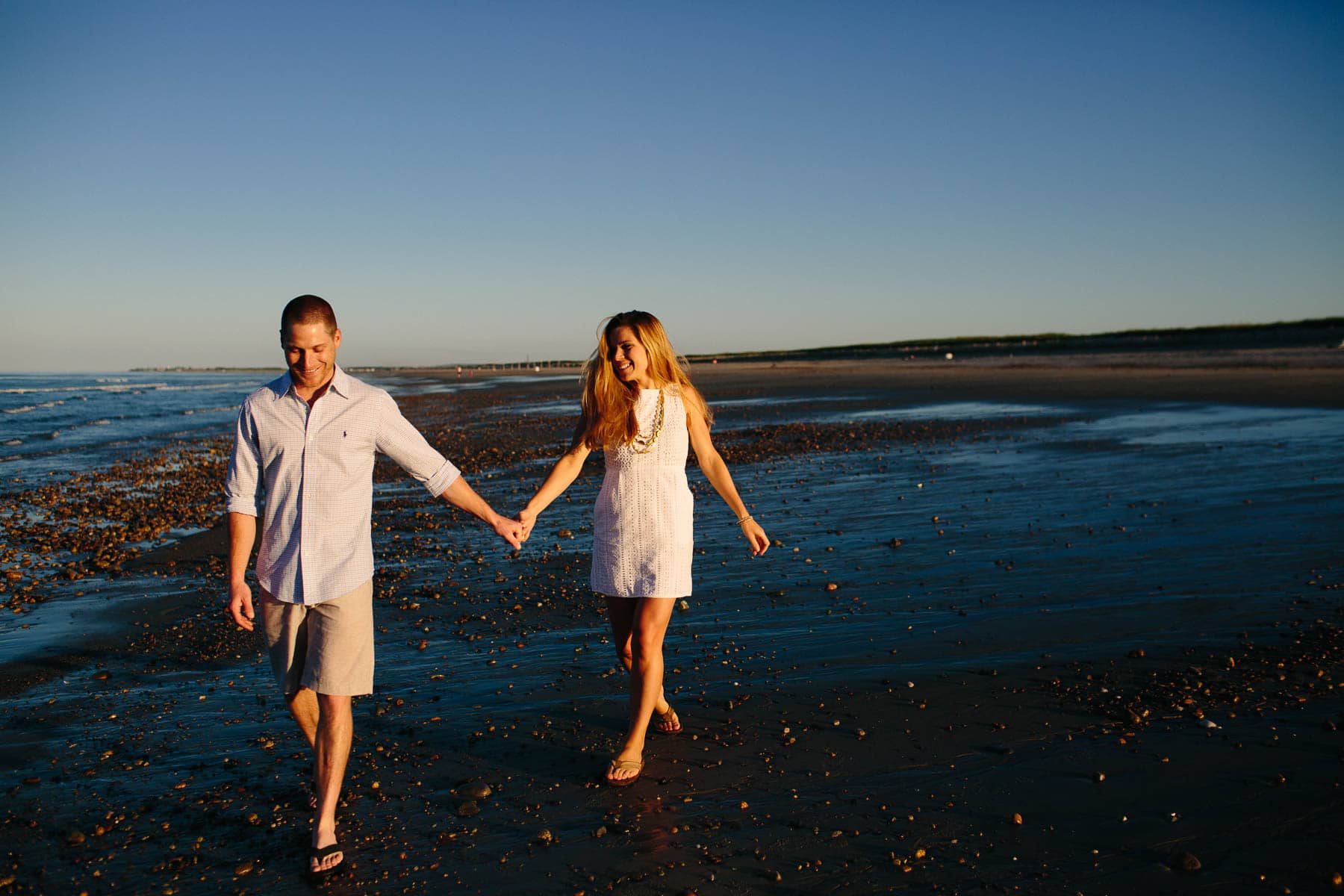
3. Build plenty of time into your timeline. If you want authentic, candid photos, the best way to get them is to have enough time that you feel present and relaxed. You don’t want spend your wedding day worrying about not having enough time. So tell your hair and makeup artists that you’d like to be finished 30 minutes earlier than you anticipate needing to be done. Pad your travel time, especially on Fridays in Boston, holiday weekends, around rush hour and anywhere on the Cape in the summer. A generous timeline allows for moments to happen – spontaneous toasts, hugs from family members, or stealing away for a few moments with your love to take it all in.
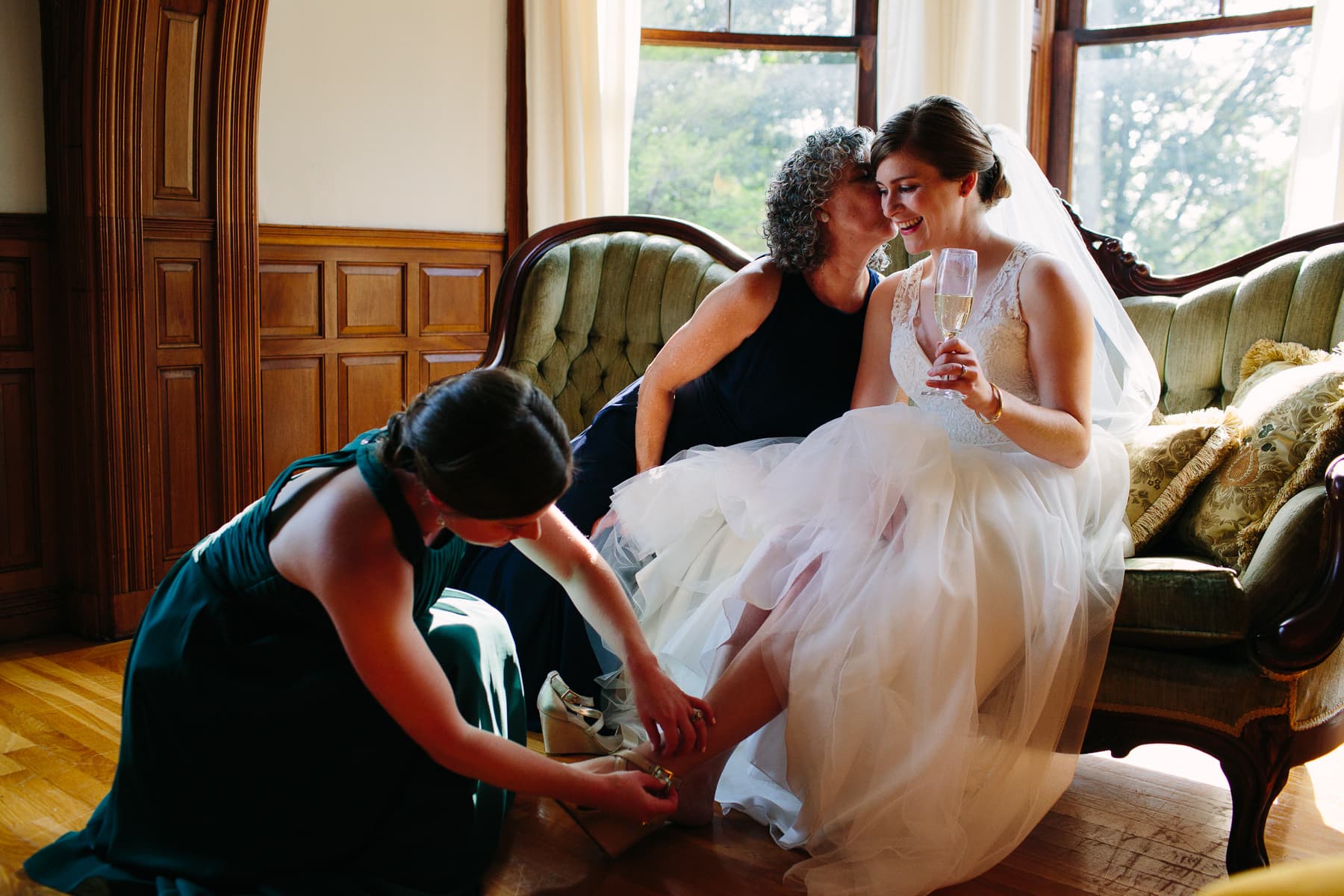
4. Consider where you’re getting ready. Chances are the aesthetics of your reception venue played into your choice, so give the same thought to where you’ll begin the day. Your childhood home is one option that would add an extra layer of meaning to your images. A rental home or large hotel suite are other good options. Lots of natural light and a clean, uncluttered space are always ideal.
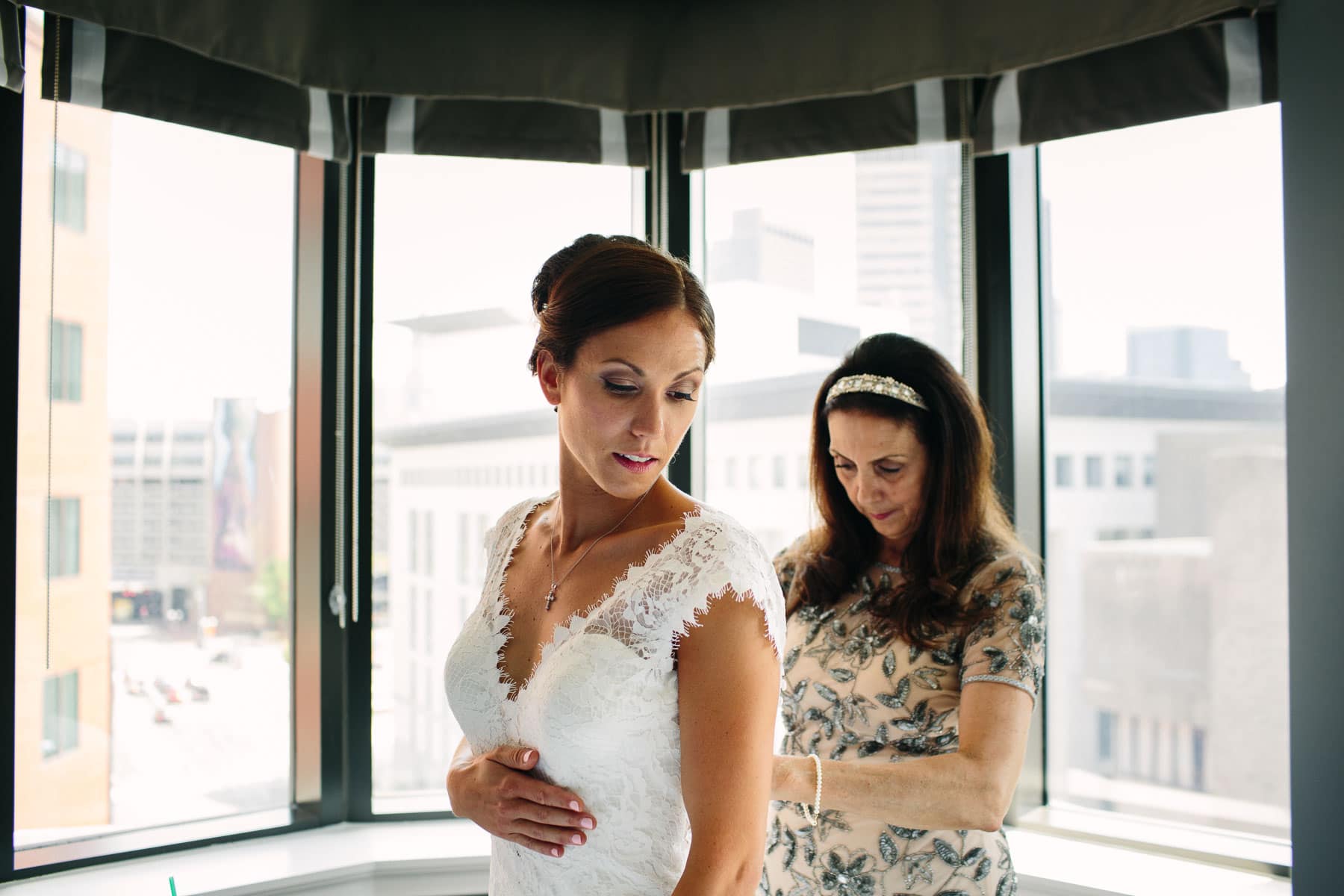
5. Minimize the number of locations. Weddings always have a huge number of moving parts. When you add locations, you add complexity and increase the chance of delays. Keep things simple.
6. Know the photo regulations of your venues. And inform your photographer ahead of time. Some churches restrict where the photographer can be during the ceremony, and some reception venues have designated photo areas. These restrictions limit what your photographer is able to create.
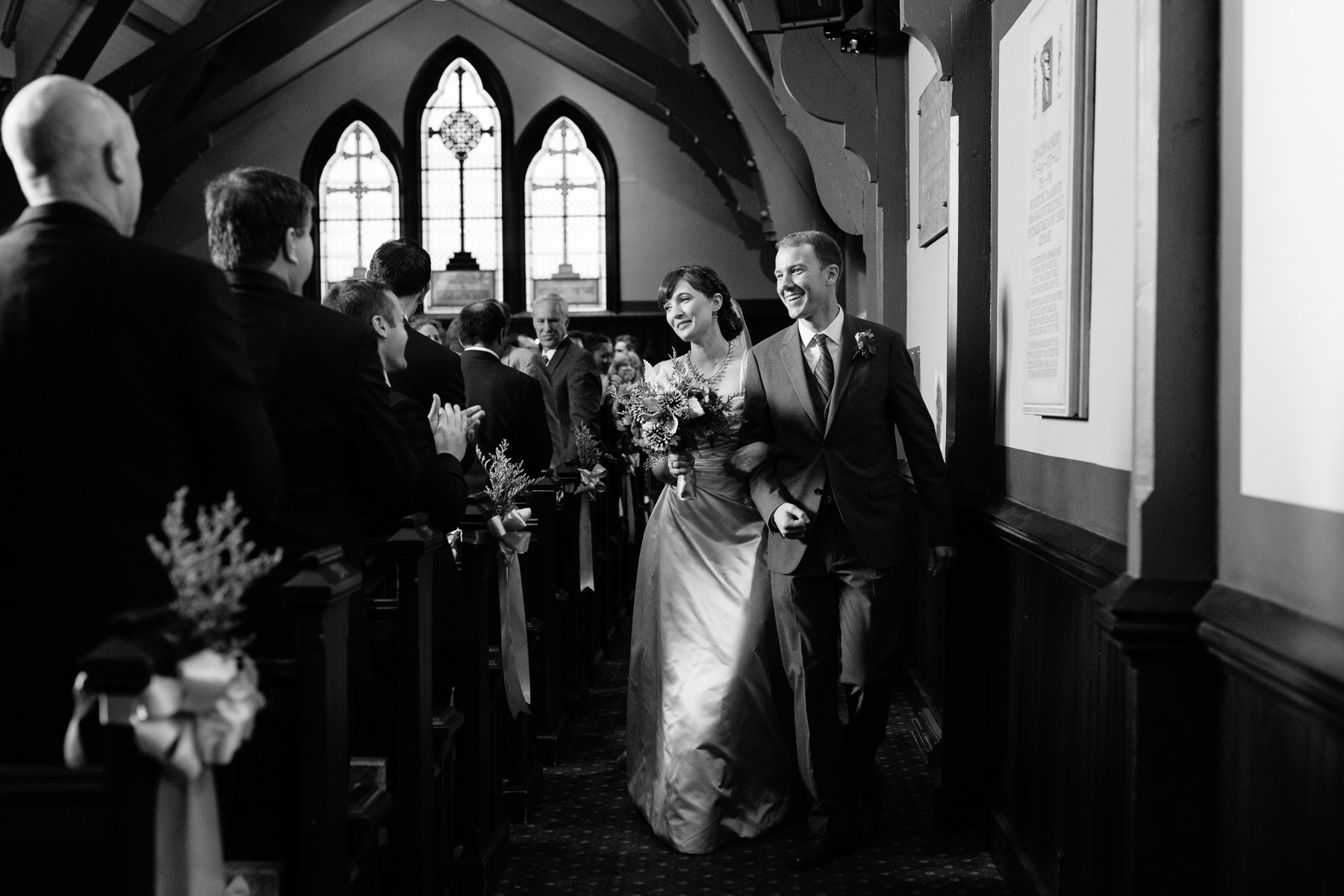
7. Plan ahead for family photos. Make a list with your photographer of the groupings you’d like to photograph. Limit your list to those images you anticipate printing or including in your album. Allow three minutes per small group and five to ten minutes for large groups. Let folks know ahead of time when and where they need to be. For more information, check out this blog post on Planning for Formal Wedding Portraits.
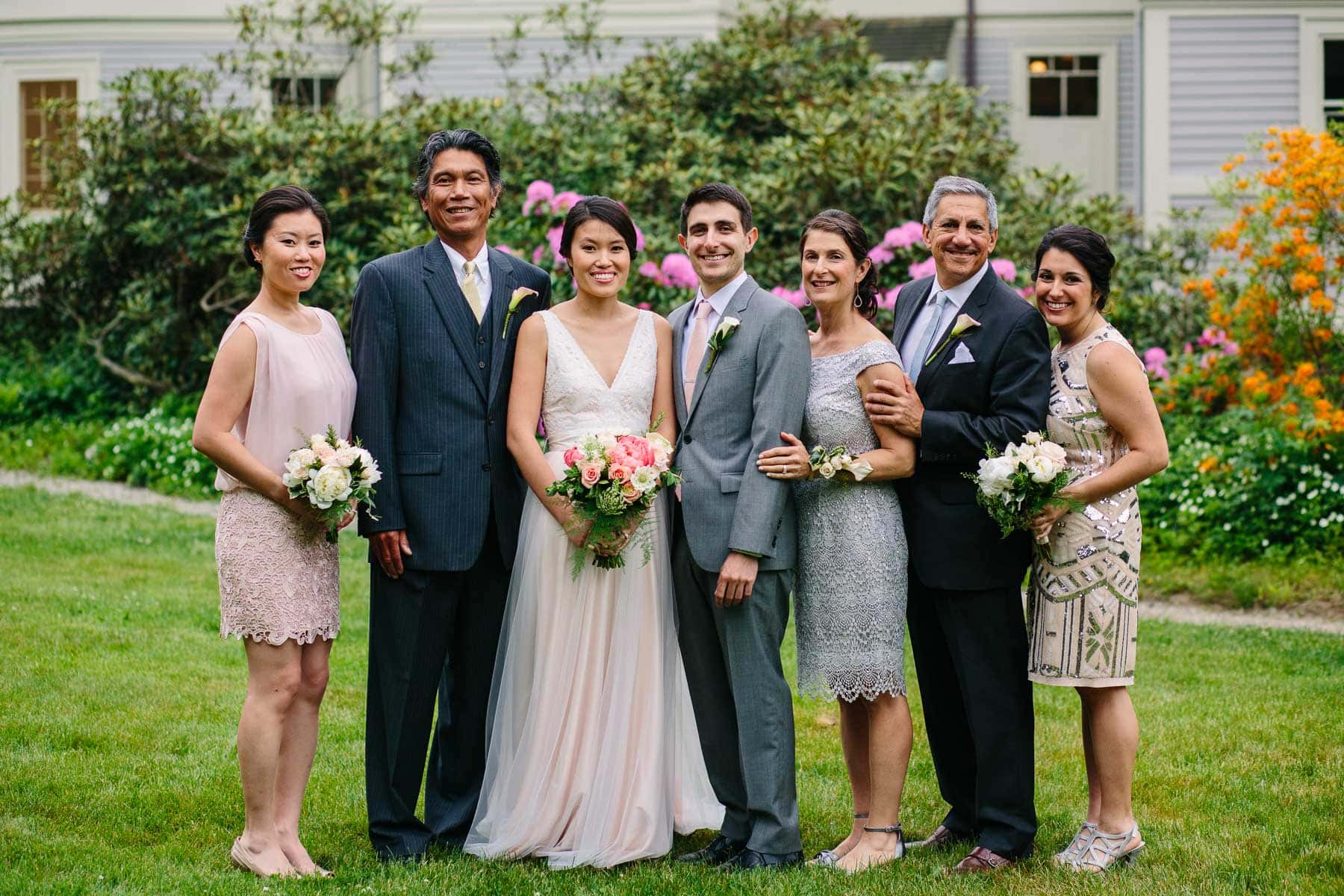
8. Communicate what you like and dislike to your photographer, but skip the shot list. If you’ve hired a professional photographer whose work you like (see #1), then you should already be on the same page. In your pre-wedding meeting with your photographer, reiterate what you love – such as authentic moments, romantic portraits, or more artistic views of the day. But don’t get stuck on a specific set of images you’ve seen elsewhere. You don’t want your photographer double and triple checking the list you gave them, causing them to miss true moments or taking away their time to create something unique for you. A true moment will always be more significant than a recreation of some else’s.
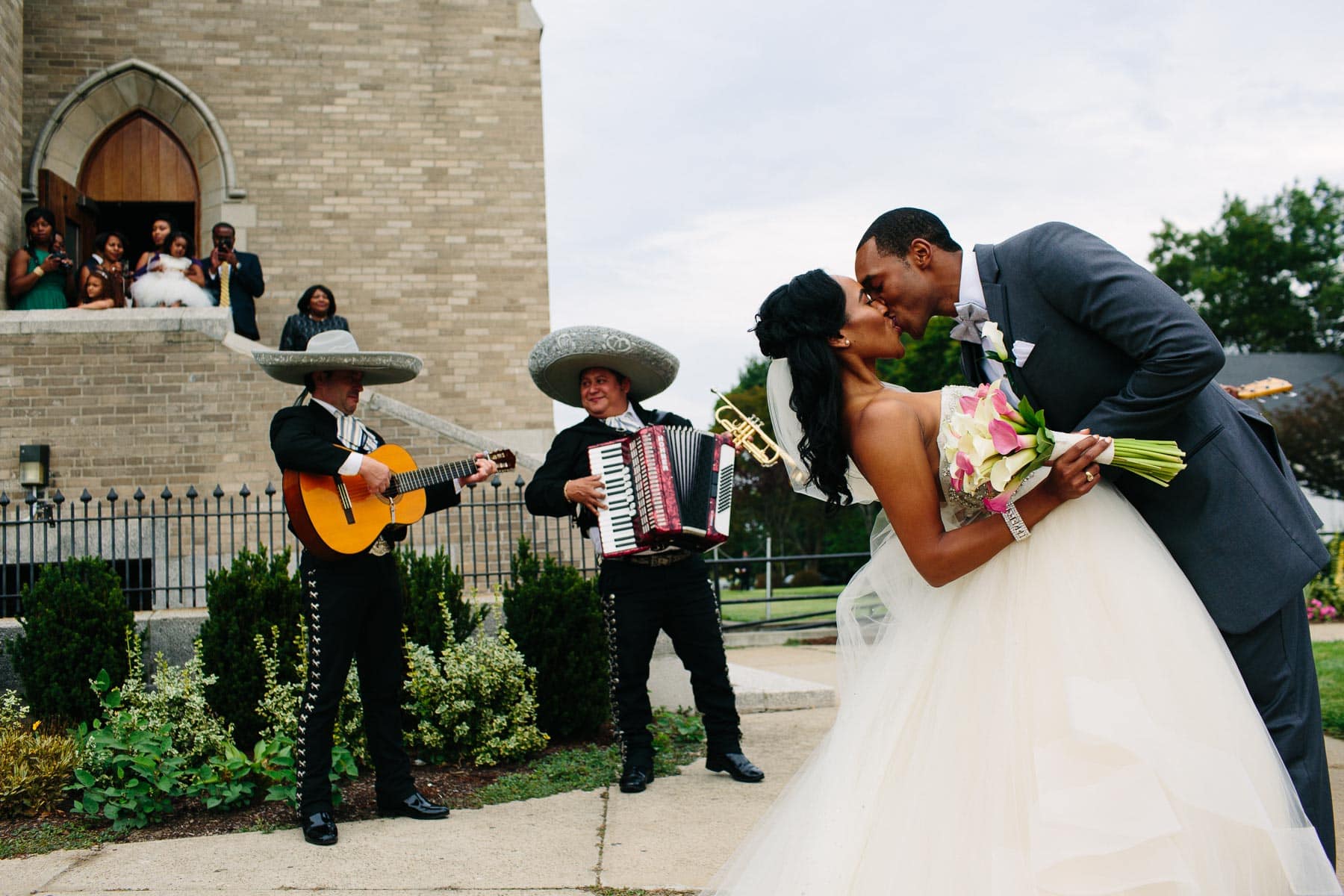
9. Trust your photographer. If you have chosen your photographer with care, and have been open about what what you like and dislike, then trust your photographer to do what they do best. Some photographers want two hours for portraits of the bride and groom – some want twenty minutes. If you like the images in their portfolio, trust their advice. A professional photographer will be experienced at seeing light and location and possibility. Trust that they will guide you toward the best options when making images.
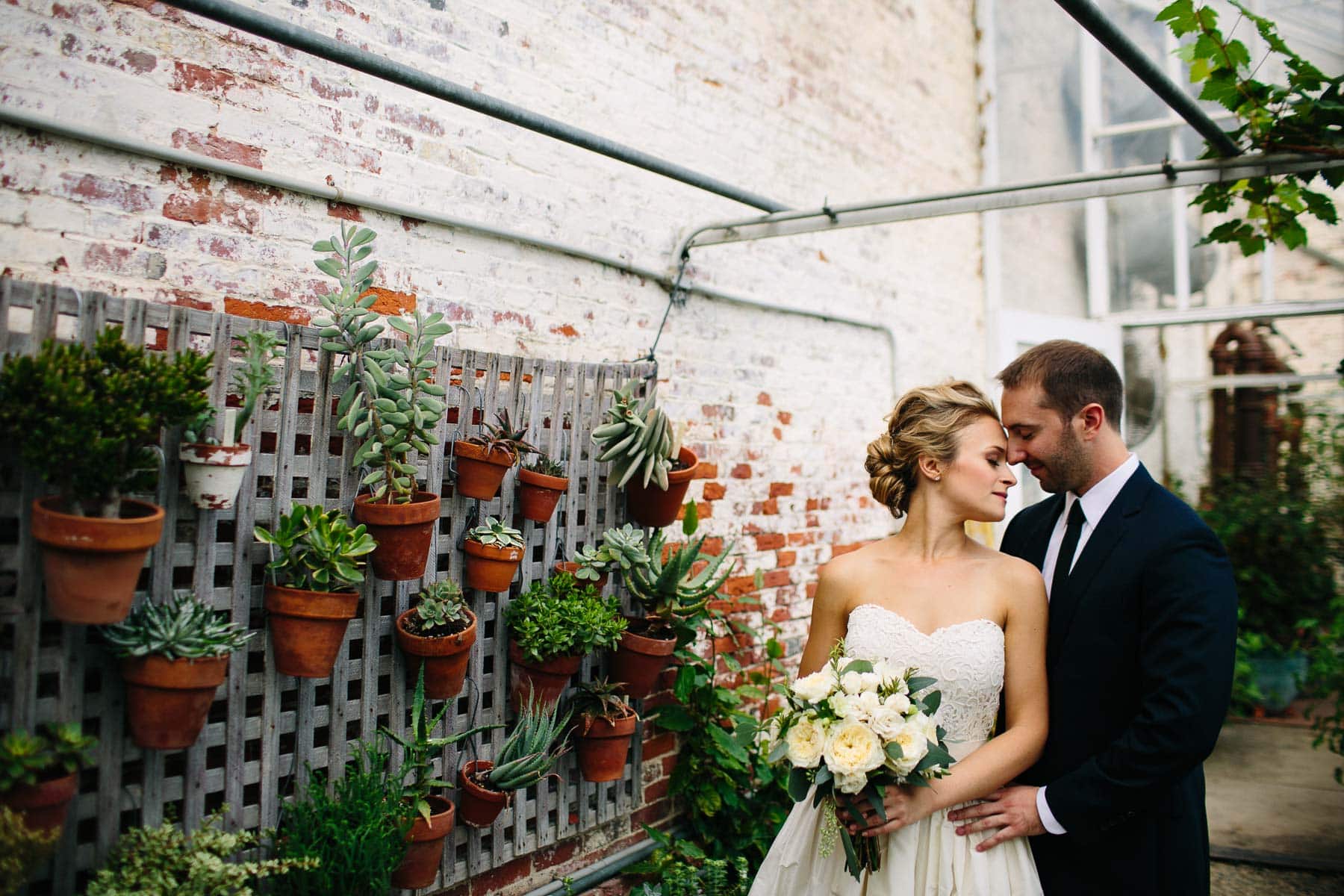
10. Let it go. Accept that something may go wrong. I’ve seen zippers break, cakes and chuppas not delivered, and rain during outdoor ceremonies. But how you react to those is more important than anything else. You’ve put so much time and effort into the planning, don’t let the things that don’t go exactly as planned affect how big your smile is, how happy you feel, or how excited you are to spend the day celebrating with those you love.
11. Take it in. Take a deep breath and look around you in wonderment and gratitude at the gathering of all the people you love in the world being with you. Center yourself in the experience.
12. Live it up. Give yourself permission to feel all the feels. It’s a big day and will be full of emotion. Hug people extra close, feel the weight of your vows as you say them, dance with abandon. The candid photos – of an embrace, a shared glance, a reaction – those are the images that will transport you back to how you felt.
